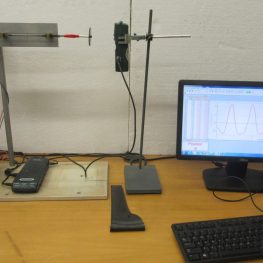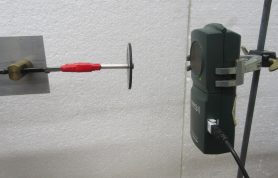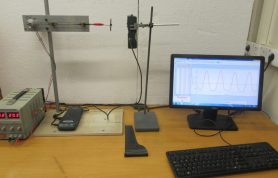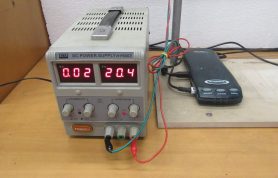| Student Manual |  Rotating motion is converted into translational motion (or vice-versa) in numerous mechanical devices. The most common place is the petrol engines. The piston compresses the air and fuel mixture where a spark is generated igniting the fuel. The mixtures expand and push the piston back such that it can do work on the crankshaft. The cycle then repeats itself, producing a steady flow of work in the form of the rotational kinetic energy of crankshaft. The mechanical mechanism of the engine is exactly identical to our experimental setting, however in our setting the conversion of energy is in the other direction. In this experiment, we analyze the motion of a similar reciprocating mechanical system made by a simple rotating wheel and a metal shaft. We will also investigate how the length of various components affects the rotatory motion and how the geometry of the system is apparent in the visual representation of the variables of motion of the system. In fact, the observed data in this experiment can only be described by a careful analysis of the geometrical structure of the problem. Associated Research Story: Najeha Rashid from Physics Project Lab 2019. |
| Sample Results | Sample results for 20V with curves fitted. |
| Experiment Code | 1.30 |
| Version | January 21, 2020 Version 2019-1 |
Further Readings and References
- In Praise of Simple Physics: The Science and Mathematics behind Everyday QuestionsPrinceton University Press, Paul J. Nahin, (2016).
- Analyzing reciprocating motion: Shaft attached to a rotating wheelPhyslab, Najeha Rashid and Muhammad Sabieh Anwar, .
- Gasoline EngineBritannica Online Encyclopedia, Orville C. Cromer and Charles Lafayette Proctor., .




